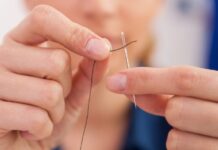Cotton buds are a familiar ingredient in Vietnamese family meals. But did you know about the fascinating facts surrounding this plant? If you don’t know much about cotton buds, today let’s explore and learn more about this unique plant.
1 What is the Cotton Bud Plant?
The cotton bud plant, also known as Sesbania grandiflora (L.) Poir, belongs to the legume family. It is native to India and Malaysia and is distributed in tropical countries. In Vietnam, cotton buds are mainly grown in the central and southern provinces.
Cotton buds are large shrubs with many branches, growing to an average height of 6-10 meters and living for 5 to 10 years. The trunk has a thick, rough bark that exudes red sap, while the roots are taproots with many lateral roots.
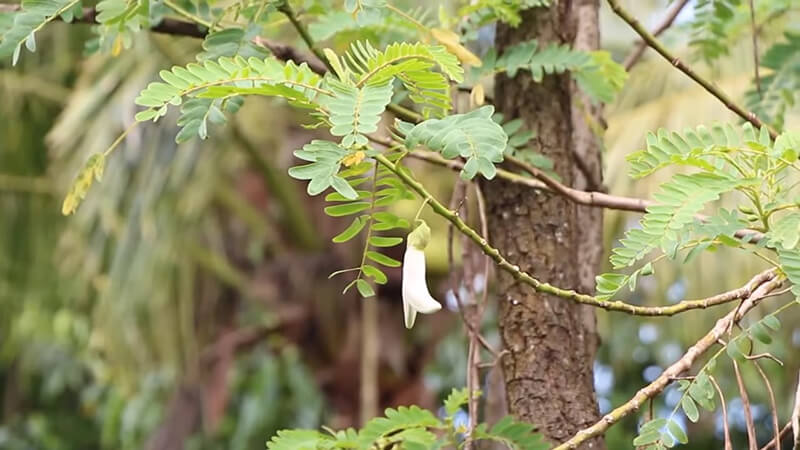 Cotton Bud Plant and Flowers
Cotton Bud Plant and Flowers
The leaves are pinnately compound, with 20-25 pairs of oval-shaped leaflets in a feather-like arrangement, and are dark green in color.
The fruits of the cotton bud plant are capsules that open on their own, measuring 30-50cm in length and tapering at both ends. The seeds are kidney-shaped and range from dark yellow to brown. The flowers are large, growing in clusters of 3-5 and hanging down from the leaf axils. They are lip-shaped and 7-8cm long, with the main colors being white and red.
2 Nutritional Value of Cotton Bud Flowers
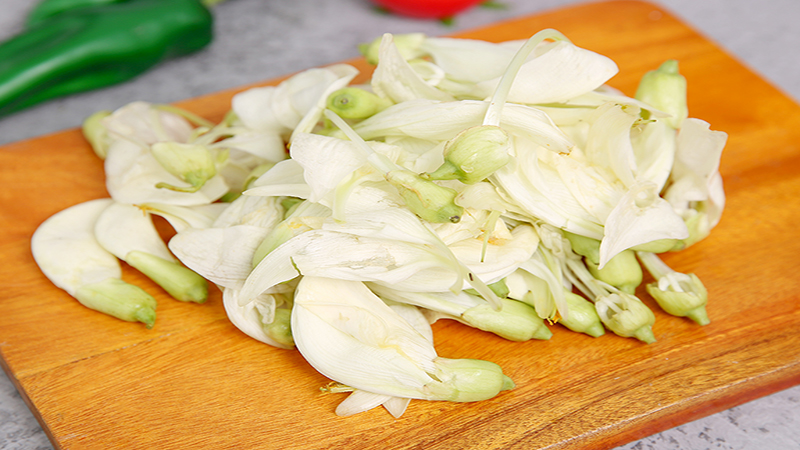 Nutritional Content of Cotton Bud Flowers
Nutritional Content of Cotton Bud Flowers
According to Dr. Tran Cong Khanh, cotton bud flowers contain the following nutrients: 14.5g fiber, 345 calories, 3.6g fat, 10.9g protein, 291mg calcium, 1400mg phosphorus, 14.54mg iron, 474mg vitamin C, 5.4mg vitamin B1, 0.91mg thiamine, and 0.72mg riboflavin.
3 Benefits of the Cotton Bud Plant
According to pharmacist Le Kim Phung from Ho Chi Minh City University of Medicine and Pharmacy, the cotton bud plant has the following benefits:
Leaves: Containing vitamin A and phosphorus, the leaves help cool the body and have antibacterial properties. They can also be crushed and applied to sprains and swellings, reducing these conditions within 3 days of application.
Flowers: Rich in protein and vitamin B1, the flowers help relieve headaches and flu symptoms. They can also be used to treat runny noses and headaches, and the flower infusion can be used as a mild detergent.
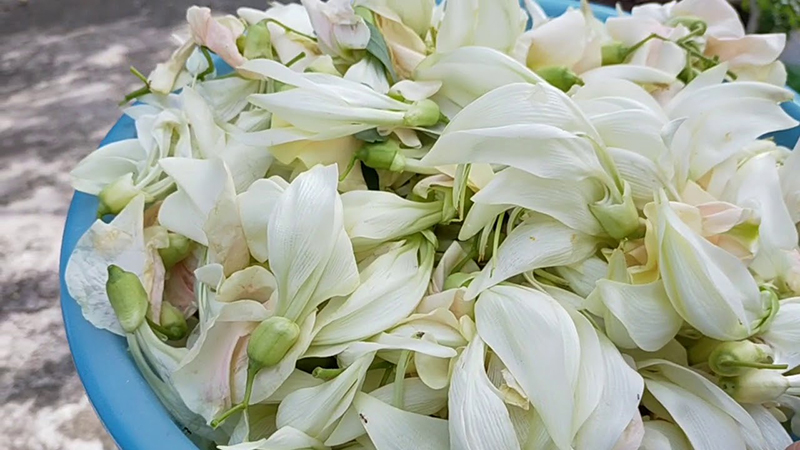 Benefits of the Cotton Bud Plant
Benefits of the Cotton Bud Plant
Roots: Fresh roots contain vitamin C and are used to treat phlegmy coughs. Crush 6-8g of fresh roots, add water, and drink the infusion once a day for 3-5 days to see improvement.
The bark is rich in fiber and has a bitter and astringent taste. It is used to treat dysentery, diarrhea, and intestinal inflammation. Chop the bark into small pieces, boil it into a strong infusion, and use it as a mouthwash 3-4 times a day for 3-5 days to treat tooth decay.
4 Delicious Dishes with Cotton Bud Flowers
Sour Cotton Bud Flower Soup
 Sour Cotton Bud Flower Soup
Sour Cotton Bud Flower Soup
When it comes to delicious dishes with cotton bud flowers, we must mention the favorite sour soup of the Mekong Delta region. With its mildly sour and sweet flavor, combined with the crunchy and cool texture of the flowers, this soup is especially tasty when paired with snakehead fish. It helps boost fiber intake and cool the body effectively.
Cotton Bud Flower Hot Pot
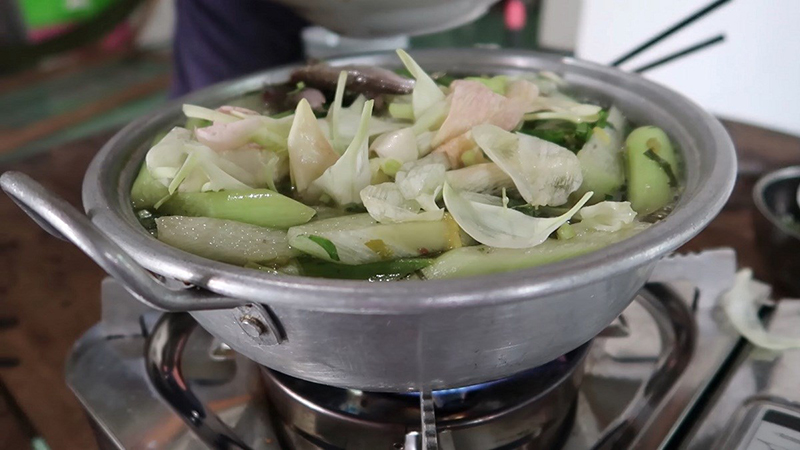 Cotton Bud Flower Hot Pot
Cotton Bud Flower Hot Pot
The hot pot features a perfectly balanced sour and sweet broth, and when combined with the sweetness of snakehead fish and the natural crunch and aroma of the flowers, it creates a truly delightful dish that is loved by many. This meal will provide essential nutrients and energy to the body.
Stir-fried Cotton Bud Flowers with Snakehead Fish
 Stir-fried Cotton Bud Flowers with Snakehead Fish
Stir-fried Cotton Bud Flowers with Snakehead Fish
The cotton bud flowers are stir-fried to a perfect crispness, retaining their natural crunchiness, and blended with the sweet and soft texture of the fish, resulting in a delicious and well-balanced dish. This meal not only tastes great but also provides protein and helps strengthen the spleen and stomach, benefiting overall health.
5 How to Grow and Care for the Cotton Bud Plant
Growing Cotton Bud Plants from Seeds
– Preparation: Seeds, soil, pot
For the soil, choose a light, loose, and nutrient-rich mix. Loosen the soil by turning it over, and you can add rice husk ash and manure to increase its nutrient content.
Select healthy, large, and pest-free seeds for the best results.
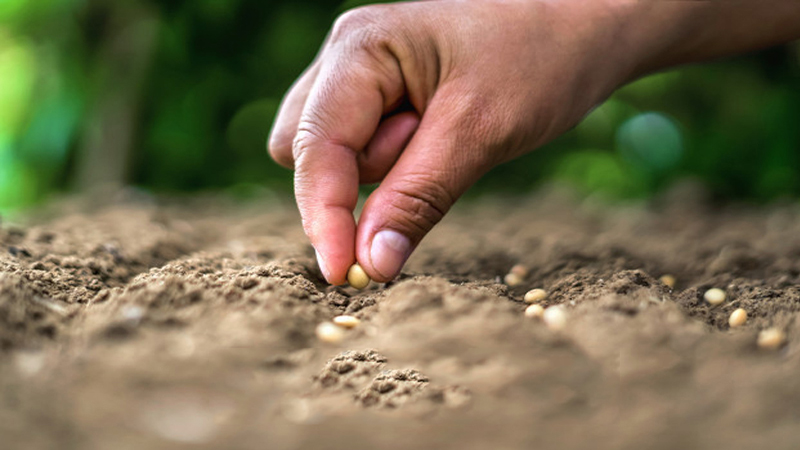 Growing Cotton Bud Plants from Seeds
Growing Cotton Bud Plants from Seeds
– Process:
Soak the seeds in hot water (2 parts boiling water to 3 parts cold water) for 3 hours, then rinse and let them air dry. Wrap the seeds in a moist cloth and place them in a sealed bag in a cool place or the refrigerator (around 20°C).
Within 2-5 days, the seeds will sprout. You can then sow them directly into small holes (5-20cm deep), spacing them 40-50cm apart.
Caring for Cotton Bud Plants
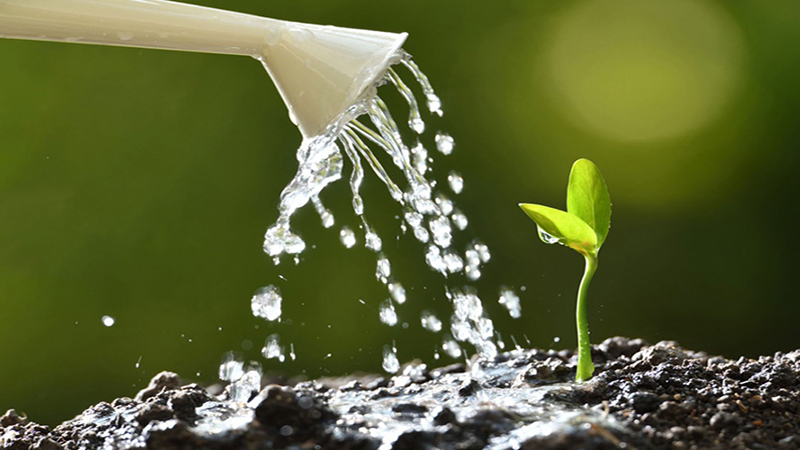 Caring for Cotton Bud Plants
Caring for Cotton Bud Plants
After planting, water the plants daily and fertilize them periodically once a month using either manure or inorganic fertilizer.
Research on the Cotton Bud Plant:
– According to the Journal of Natural Medicine, cotton bud leaf juice has antioxidant, anti-inflammatory, and kidney stone treatment potential.
– The Therapies journal reported that ethanolic extracts from cotton bud leaves showed significant liver-protecting effects in a mouse model, counteracting liver damage induced by the antibiotic erythromycin estolate.
– The Journal of Ethnopharmacology found that ethanol extracts of both leaves and flowers exhibited anti-cancer activity against Ehrlich ascites carcinoma in Swiss albino mice.
We hope you enjoyed learning about the cotton bud plant. If you found this information interesting, be sure to explore further and discover more fascinating facts about this versatile plant!


























